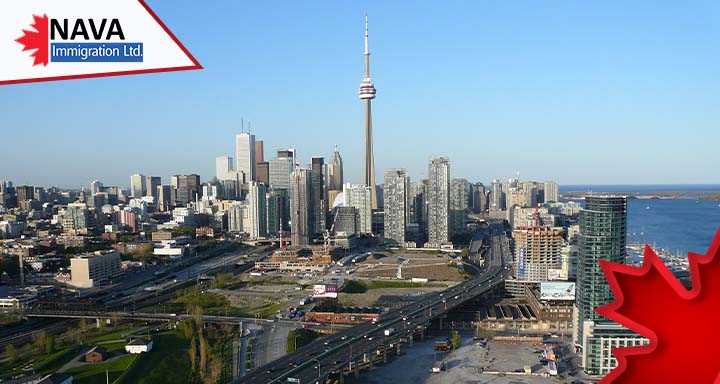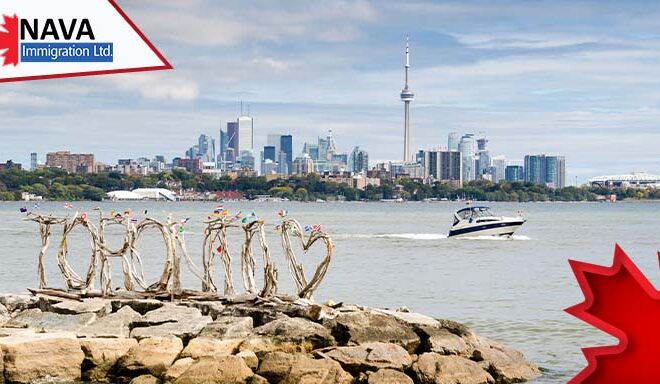Canada Ranks In The Top Ten Nations For Work-Life Balance
Canada ranks in the top ten nations for work-life balance. The nation is placed in the fifth position overall, while New Zealand, Ireland, Denmark, and Belgium took the top four spots.
The data includes rankings for various factors influencing an employee’s work-life balance. These include statutory annual leave, sick pay percentage, minimum wage, hours worked per week, and an overall happiness index.
Canada achieved an overall score of 72.75 out of 100. It scored high for its relatively short work week, safety, and 2SLGBTQ+ friendly.
Germany, Finland, Australia, Norway, and Spain rounded out the top ten. Canada’s closest neighbor, the United States, ranked 55 out of 60 in the Remote rankings with a score of 31.82 because of no annual paid vacation or sick leave, non-universal healthcare, and more hours worked per week.
The data on average working hours in Canada reported by Remote is supported by the most recent Organization for Economic Cooperation and Development work-life balance rankings, in which Canada again placed fifth overall. The OECD stated that ‘3% of employees work long hours in paid work, which is much less than the OECD average of 10%’.
OECD noted that full-time workers in Canada use 61% of their day for personal care. This includes eating, sleeping, and leisure activities. This is less than the global average of 15 hours.
Canada Short On Vacation Time
Canada ranks in the top ten nations for work-life balance. The Remote report showed that Canada fell short in annual statutory leave and vacation time.
The data stated that people employed in Canada obtain 17 days of annual statutory leave.
However, this is not always easy to measure as employment standards in Canada are mandated by provincial governments. For instance, in Ontario, Canada’s most populous province, workers in the private sector can spend the first five years on any job with just ten days of vacation time per year. According to the Ontario Employment Standards Act, minimum vacation entitlement increases to over three weeks after five years.
Again, this timeline can vary by province. Saskatchewan employees are entitled to three weeks of paid vacation upon one year of employment, going up to four weeks after ten years. Quebec’s annual vacation entitlement rises from two weeks to three weeks after three years of employment.
This does not account for Canada’s federal statutory holidays, like Christmas Day, Canada Day, Thanksgiving, Good Friday, Labor Day, and Victoria Day. There are also other public holidays, but employees are not automatically entitled to take those days off in many instances and, depending on the province. It often depends upon the employer.
Comparatively, in both New Zealand and Ireland, all employees are entitled to over four weeks of paid annual vacation after 12 months of continuous employment.
Consistently High Rankings
Canada ranks in the top ten nations for work-life balance. It also typically ranks high in global lists. For instance, in January this year, it was voted the world’s safest nation for travelers by Berkshire Hathaway Travel Protection. Moreover, a study by Givetastic in late 2023 found that Canada is the world’s top ‘dream work destination.’
Canada also has the world’s seventh-strongest passport, according to the most recent rankings by residence and citizenship advisory from Henley and Partners.
These rankings add to Canada’s appeal as one of the most sought-after destinations for newcomers. In 2023, it welcomed over 470,000 new permanent residents. Also, the Immigration Levels Plan for 2024 targets admitting a further 485,000. Canada’s immigration minister, Marc Miller, has recently indicated that immigration levels in the near future might look different. He also recognized the economic and social benefits of welcoming newcomers sustainably.
If you seek information on how to begin your Canada immigration application process, you can talk to our NavaImmigration experts at 1800-918-8490. You can also drop us an email at [email protected].





